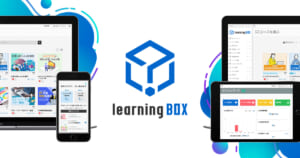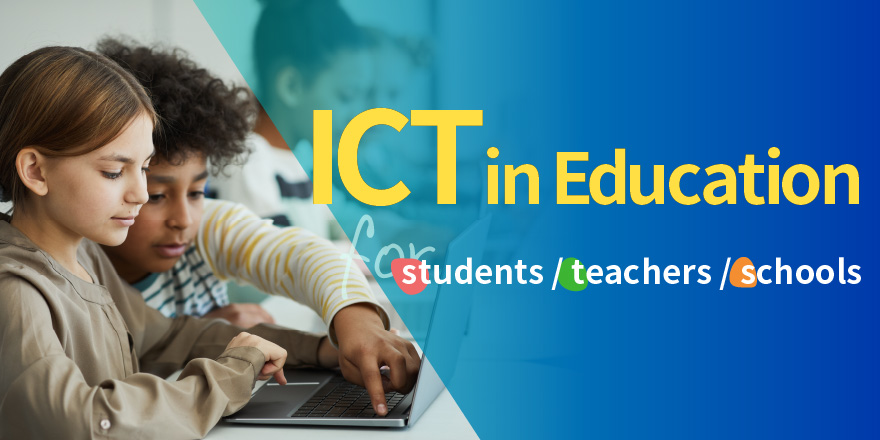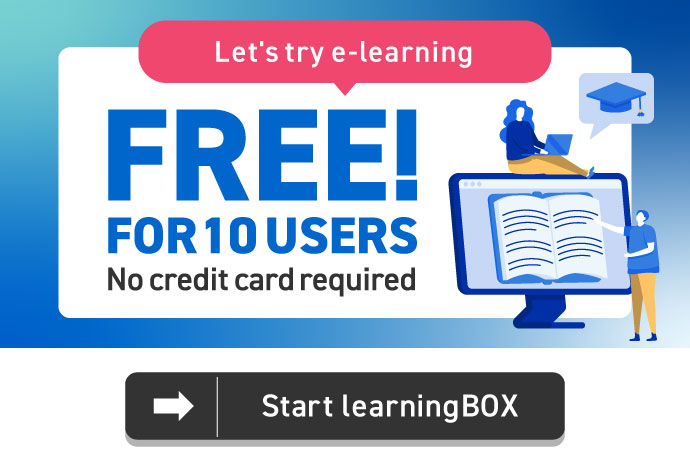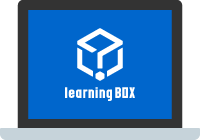Benefits of LMS for Schools and Enterprises
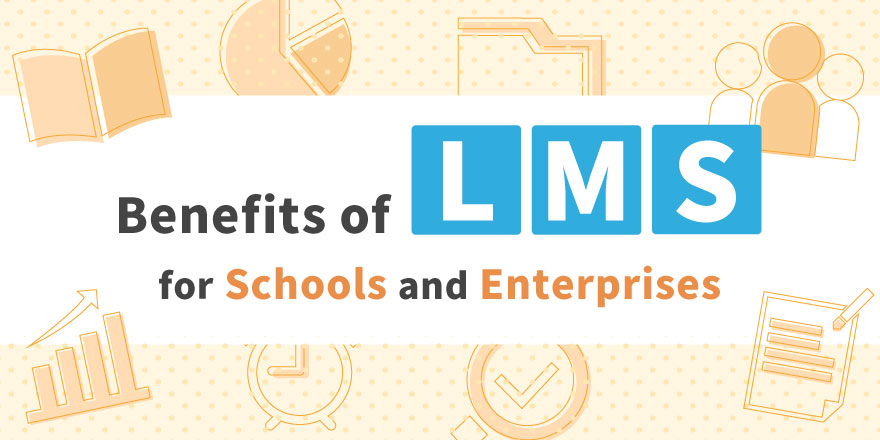
LMS (Learning Management System), also called a learning management system, is a system for facilitating learning through e-learning.The same meaning is used for terms such as "e-learning system," "e-learning platform," and "education management system."
In recent years, advances in information technology have led to the emergence of convenient learning management systems that can be used as long as there is an Internet environment, and many companies are introducing these systems for human resource development. By utilizing an LMS equipped with management functions useful for online learning, you can effectively manage learners and enhance learning effectiveness, even in remote work environments.
This article will explain the basics of LMS and its advantages in use. If you are considering using an LMS in the future, please refer to this article.
What is LMS (Learning Management System)?

First, let's take a look at the background of LMS attention, the functions of LMS and their respective features, and the scenes in which they are utilized.
Background of LMS Attention
Indispensable LMS for e-learning
LMS is a system that helps facilitate and manage learning through e-learning.
In conventional e-learning, textbooks, CDs, DVDs, and other learning materials are generally distributed to learners, who then study the materials on their own. However, after the materials are distributed, the progress and level of understanding of the class cannot be monitored, and depending on how the materials are used, there may be many problems that prevent effective learning.
An LMS makes it possible to check data such as course history and level of understanding, facilitating e-learning learning management. Once implemented, it is possible to monitor the learning status of each student, and detailed management of test results is also possible.
What an LMS has made possible
Learners can study on their smartphones and tablets, making it effective for online employee education and DX promotion. the LMS manages learning content online, making it easy for instructors to create, store, update, and distribute learning materials. The variety of learning materials can be enhanced, including video materials and live streaming.
In addition, when an LMS improves the operational structure of training, it increases the productivity of in-house educators and managers. Even detailed learning content, such as each employee's grades and areas of expertise, can be managed on the system. Since cloud services are an online system provided by a vendor, costs for maintenance and operation can be reduced.
Thus, the LMS meets the needs of learners, instructors, and administrators alike, and includes basic functions to facilitate learning.
Main functions and roles of the LMS
The LMS has three main roles: "progress management," "material management," and "communication. Let's take a look at how the functions provided in the LMS are used for learning.
Progress Management
The progress management function of the LMS allows management of learning content, learning history, and grades. The system is equipped with a function that automatically sends out e-mails according to the learner's progress, and it is also possible to approach the learner according to his/her learning progress. Since data for the entire organization can be analyzed, it is also effective for evaluating the subject. It is also suitable for discovering issues based on the analyzed data and taking remedial measures at an early stage.
Contents management
You can manage learning content and curriculum on the LMS system. If a matching system is used, it is also possible to assign learners to the appropriate learning materials. Other benefits include the ability to manage teaching materials, such as the delivery of new materials at specific dates and times, thus reducing man-hours for both the learner and the administrator.
Communication
Through the LMS, communication between learners and instructors can also be made more efficient. One of the roles of the LMS is to build an environment in which students can easily consult and ask questions about their learning content in real time, leading to solutions. In addition, by encouraging students to encourage each other, the LMS can be used to increase motivation and improve skills.
LMS Application Scenes
The LMS can be used for in-house e-learning training. For example, it can be used for company-wide training, training for new employees, and training for managers by job classification or job level. Some LMSs can also be used to administer tests and examinations to check the level of learning and utilization.
LMS is suitable for in-house training in a wide range of fields. Training content can vary from compliance, information security, business manners, etc. Some tools allow you to sell learning content created by your company, so we encourage you to create and customize your own.
Back to ContentsAdvantages of implementing an LMS (Learning Management System)

The use of an LMS provides benefits to each of the learner, instructor, and administrator. Let's look at some specific points in the following comparison chart.
<Benefits of implementing an LMS
| student | - Visualization of learning status easily leads to a sense of achievement and motivation - Immediate access to learning progress and grades, making it easy to set goals and make plans - A communication function would make it easy to ask questions of the instructor. |
|---|---|
| leader | - Ability to list and extract learning progress and grades, making it easy to perform additional assignments, revise course materials, and provide individualized instruction - Accumulated data can also be used for human resource management and management. |
| Administrators | - Reduce the cost and effort of printing and distributing paper materials - No need to build a new system in-house (in the case of cloud-based systems) - Data can be centrally managed, making it easier to operate and maintain. |
Benefits for learners
Learners are given clear instructions on which material to start and when to start, making it easier for them to set goals and plans without getting lost in the learning process. The learning status is visualized, making it easy to grasp the status of the course and areas of strength and weakness, leading to a sense of accomplishment and increased motivation. You can easily ask questions to the instructor and enhance communication while improving learning efficiency.
Benefits for Instructors
The LMS will make it easier to output and check learner progress and grade data in a list. Instructors will be able to easily set appropriate goals and provide guidance to each student according to individual performance. Another way to utilize the data accumulated on the system is to use it for human resource management and management.
Advantages for admins
Administrators can eliminate the need to print and distribute training materials and other materials when conducting in-house training. A cloud-based LMS can be operated without initial costs and time-consuming installation, and is less burdensome than building your own e-learning system. Many services are secure enough in terms of security, and operation and maintenance are also easy.
Back to ContentsLMS (Learning Management System) Case Studies

The following are examples of initiatives by companies that have successfully solved issues by introducing an LMS for employee training. Please refer to other companies' LMS utilization and introduction methods in preparation for future introduction.
UUUM Corporation
Here is a case study of UUUM, Inc. The company faced barriers in accomplishing its important mission of ensuring compliance. First, due to the spread of the new coronavirus, it was no longer possible to conduct compliance training in a group format. At the same time, the cost of training venues for several hundred people and the cost of transportation for participants were also a problem.
The company therefore decided to implement an LMS. By moving critical compliance training online, the company realized both non-personal and cost savings. The training staff created educational content through a combination of videos and tests to enhance the content. The company's LMS is intuitive and smooth to use, so it was easy to use without discouraging participants.
Suzuka University of Medical Science
The following is a case study of Suzuka University of Medical Science. The university was concerned about improving the academic ability of its students, and was considering measures to reduce the number of students who stayed in school, took a leave of absence, or dropped out. The university decided to introduce an LMS to provide e-learning contents that would contribute to the improvement of students' motivation to learn.
The LMS was used to create the university's own content, enabling the reinforcement of input through repetitive learning. In the first department where the system was introduced, it was found to be effective in reducing the number of students who stumbled on retests, and its ease of use was well received by the faculty. The system continues to be used in conjunction with face-to-face classes.
Back to ContentsOptimize employee training by implementing an LMS.
An LMS is an essential platform for e-learning. The advantage is that it facilitates the creation of teaching materials and grade management without cost and time. The SCORM standard has made it possible to standardize LMSs and maintain compatibility.
The e-learning system, "learningBOX The "Web Learning Environment" provides all the functions for creating and distributing teaching materials, managing grades, and managing students. Anyone can easily build a web-based learning environment. 10 accounts can be registered for free, so feel free to try it out for yourself! Free PlanPlease experience the
▼You may also like:
Back to Contents

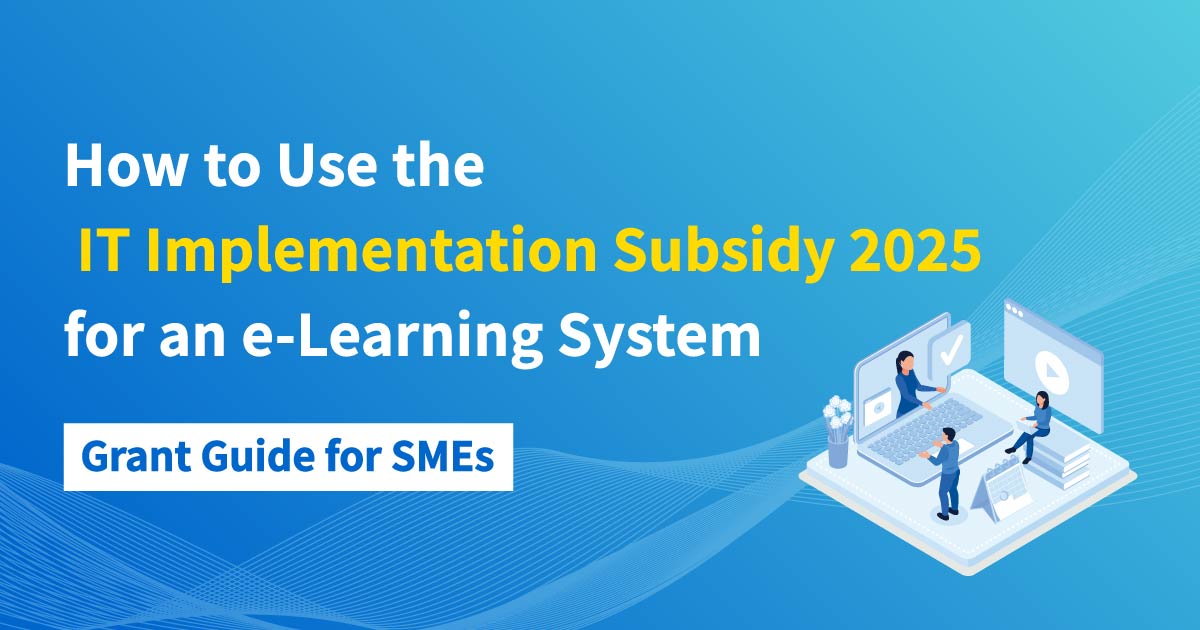
-
Discover rich featuresService Guide
-
Feel free to contact usGet in Touch
-
Try our Free PlanTry Free Plan


